Paleontology is a branch of science that focuses on the study of ancient life through the examination of fossils and other remains of organisms that lived in the distant past. The word "paleontology" comes from the Greek words "paleo," meaning "ancient," and "ontology," meaning "the study of being" or "study of existence."
Paleontologists, the scientists who specialize in this field, work to understand the history of life on Earth, the diversity of organisms that have inhabited the planet, and the processes that have shaped life over millions of years. Their research helps to reconstruct the evolution of various species, ecosystems, and the broader geological and environmental changes that have occurred throughout Earth's history.
Key aspects of paleontology include:
Fossil Studies: Paleontologists primarily study fossils, which are the preserved remains of plants, animals, and other organisms from the past. Fossils can be bones, shells, imprints, footprints, or even traces like burrows and coprolites (fossilized feces).
Geological Context: Understanding the geological context of fossils is crucial in paleontology. Fossils are often found in sedimentary rocks, and their position within the rock layers helps determine their age and the environmental conditions at the time they were formed.
Evolutionary History: By examining the fossil record, paleontologists can reconstruct the evolutionary relationships between different organisms and how they have changed over time.
Paleoenvironmental Studies: Fossils can provide valuable insights into ancient environments and ecosystems, such as what the climate was like, what plants and animals lived together, and how they interacted.
Extinction Events: Paleontology also sheds light on past extinction events, including the most famous mass extinction that occurred around 66 million years ago and wiped out the dinosaurs.
Biostratigraphy: This is a subfield of paleontology that uses fossils to date and correlate rock layers in different locations, providing a valuable tool for geologists in understanding the Earth's history.
Paleobiology: Paleontologists investigate the biology of ancient organisms, including their anatomy, physiology, behavior, and ecological roles.
Paleontology plays a critical role in our understanding of the history of life on Earth and contributes to fields such as geology, biology, ecology, and evolutionary biology. It has implications in the study of climate change, human evolution, and the preservation of biodiversity. The information gathered by paleontologists is not only scientifically fascinating but also helps us to better comprehend the world we inhabit today.
Fossil Formation: Fossils are formed through a process called fossilization. When an organism dies, its remains may be buried under sediment, such as mud or sand. Over time, the minerals in the sediment can replace the organic material of the organism, turning it into a fossil. Other fossilization processes include permineralization, where minerals fill in the spaces within the organism's tissues, and molds and casts, where the remains create an impression in the surrounding rock.
Index Fossils: Index fossils are specific fossil species that are widely distributed and existed for only a short period in geological history. They are essential for dating rock layers and correlating different geological formations across regions.
Taphonomy: Taphonomy is the study of the processes that affect the remains of an organism from the time of death until its discovery as a fossil. It involves understanding how fossils are preserved and the various factors that influence their state of preservation.
Microfossils: While many fossils are large and visible to the naked eye, paleontologists also study microfossils, which are tiny fossils of microscopic organisms like plankton. Microfossils provide important clues about past environments and are used in biostratigraphy.
Paleobotany: Paleobotany is the study of ancient plants through the examination of plant fossils. It helps in understanding the evolution of plant life and how vegetation has influenced ecosystems throughout history.
Vertebrate and Invertebrate Paleontology: Paleontologists often specialize in either vertebrate paleontology, focusing on the study of fossilized animals with backbones (e.g., dinosaurs, mammals), or invertebrate paleontology, which deals with the study of fossilized animals without backbones (e.g., trilobites, mollusks).
Paleogeography: By analyzing fossil distribution, paleontologists contribute to the study of paleogeography, which reconstructs the ancient geography of Earth, including the positions of continents and the configuration of ancient oceans.
Human Paleontology: Human paleontology, also known as paleoanthropology, is a specialized field that concentrates on the study of human evolution and the fossil evidence of our ancestors.
Ethical Considerations: In some cases, paleontologists may have to address ethical concerns, especially when it comes to the excavation and study of culturally significant fossils, such as human remains or fossils found in indigenous territories.
Modern Techniques: Paleontology has evolved significantly with the advancement of technology. High-resolution imaging, CT scanning, DNA analysis, and other cutting-edge techniques have expanded our understanding of fossils and the organisms they represent.
Trace Fossils: In addition to the remains of organisms, paleontologists also study trace fossils, which are indirect evidence of ancient life activities. Examples include footprints, trackways, burrows, feeding marks, and coprolites (fossilized dung). Trace fossils provide valuable information about the behavior and interactions of ancient organisms.
Transitional Fossils: Transitional fossils, also known as "missing links," are fossils that exhibit characteristics of both ancestral and descendant groups, providing evidence of evolutionary transitions. Some famous examples include Archaeopteryx, a transitional form between dinosaurs and modern birds, and Tiktaalik, a transitional form between fish and tetrapods (four-limbed vertebrates).
Extinction and Biodiversity: The study of past extinction events helps us understand the vulnerability of species to environmental changes and sheds light on current concerns about modern biodiversity loss and conservation.
Paleoclimate: Fossil evidence, particularly from plants and marine organisms, can reveal past climatic conditions, such as temperature, precipitation, and atmospheric CO2 levels. This information is vital for understanding past climate dynamics and providing context for today's climate change.
Paleogenomics: Advances in genetics and paleogenomics have allowed scientists to extract and analyze ancient DNA from well-preserved fossils. This has significantly contributed to our understanding of evolutionary relationships and the genetic history of extinct species.
Amber Fossils: Amber is fossilized tree resin that can entrap small organisms like insects and other arthropods. These exceptionally well-preserved specimens provide insights into ancient ecosystems and biological interactions.
Mass Fossilization Events: Sometimes, large numbers of organisms can become rapidly buried, leading to mass fossilization events. One famous example is the La Brea Tar Pits in Los Angeles, where thousands of fossilized remains of Ice Age animals have been found.
Paleoart: Paleoart is a specialized form of artistic representation that aims to reconstruct extinct organisms and ancient environments based on scientific evidence. Paleoartists work closely with paleontologists to create accurate visual depictions of prehistoric life.
Fossils on Other Planets: While paleontology traditionally focuses on Earth's history, the field of astrobiology explores the possibility of finding fossil evidence of past life on other planets or moons within our solar system and beyond.
Mary Anning: Often referred to as the "Mother of Paleontology," Mary Anning (1799-1847) was an English fossil collector and self-taught paleontologist who made significant contributions to the understanding of prehistoric life. Her discoveries, including the first complete Ichthyosaurus and Plesiosaurus skeletons, had a profound impact on the field of paleontology during her time and continue to be revered today.
Citizen Science: Fossils can be found by amateur fossil enthusiasts and citizen scientists. Their discoveries contribute to scientific research and can enhance our knowledge of paleontology, making it a collaborative effort between professionals and the public.
Paleontology remains a captivating and ever-evolving field that continuously surprises us with new discoveries and insights into the history of life on Earth. Its interdisciplinary nature and the integration of modern technologies ensure that paleontology will continue to unveil fascinating secrets from our planet's distant past.
Facebook : https://www.facebook.com/kaylee.rowan.92
Twitter : https://twitter.com/ScienceInventi1
Pinterest : https://in.pinterest.com/scienceinventions/.....
Blog : https://newscienceinventions2020.blogspot.com/
Tumblr : https://kayleerowan.tumblr.com.....
Linkedin : https://www.linkedin.com/feed/...
#Paleontology #Fossils #Evolution #Extinction #Paleoenvironment #TraceFossils #TransitionalFossils #Paleoclimate #Paleogenomics #AmberFossils #MassFossilization #Paleoart #MaryAnning #CitizenScience

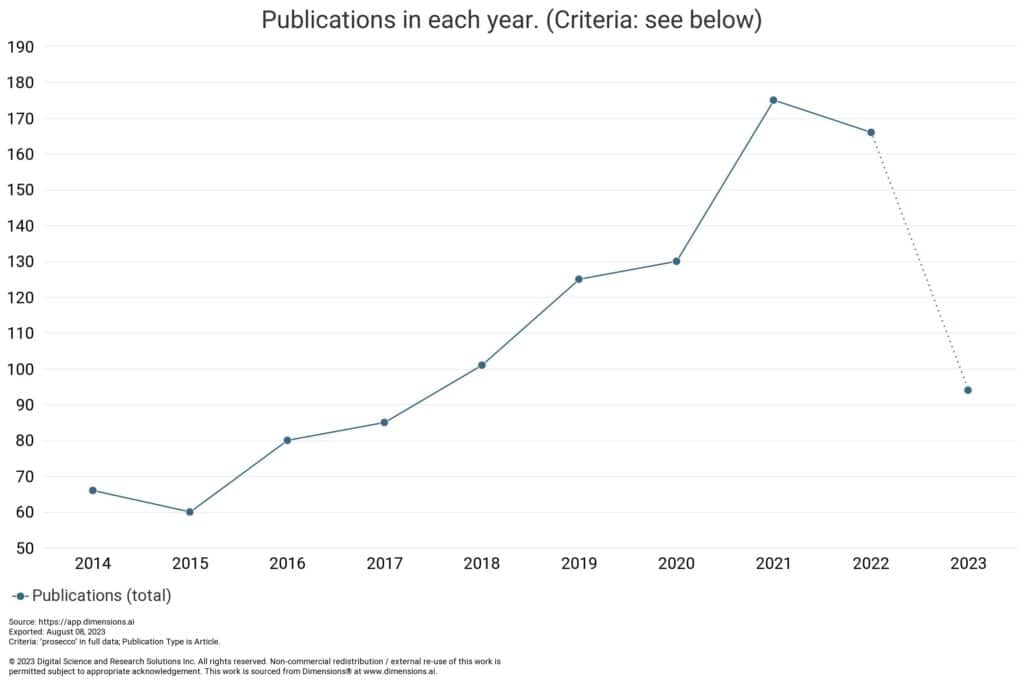
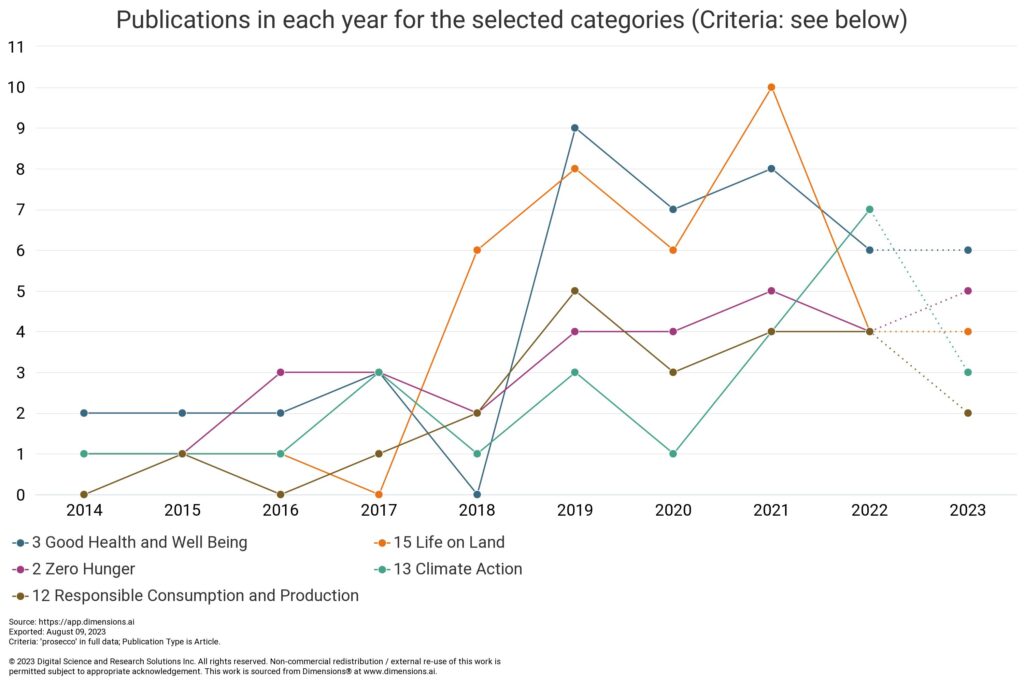
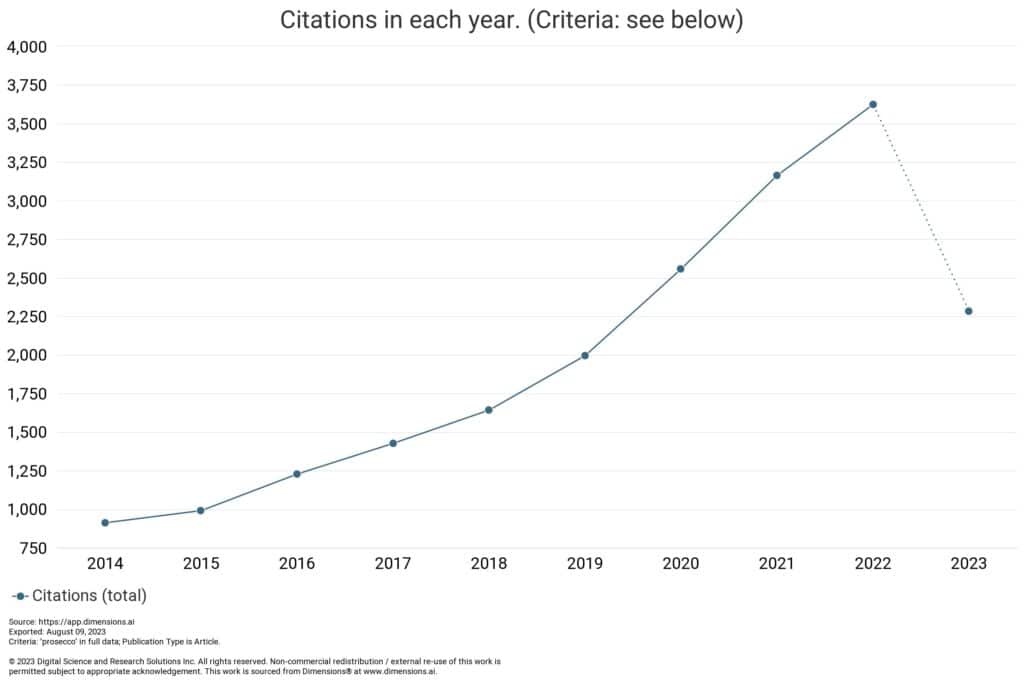
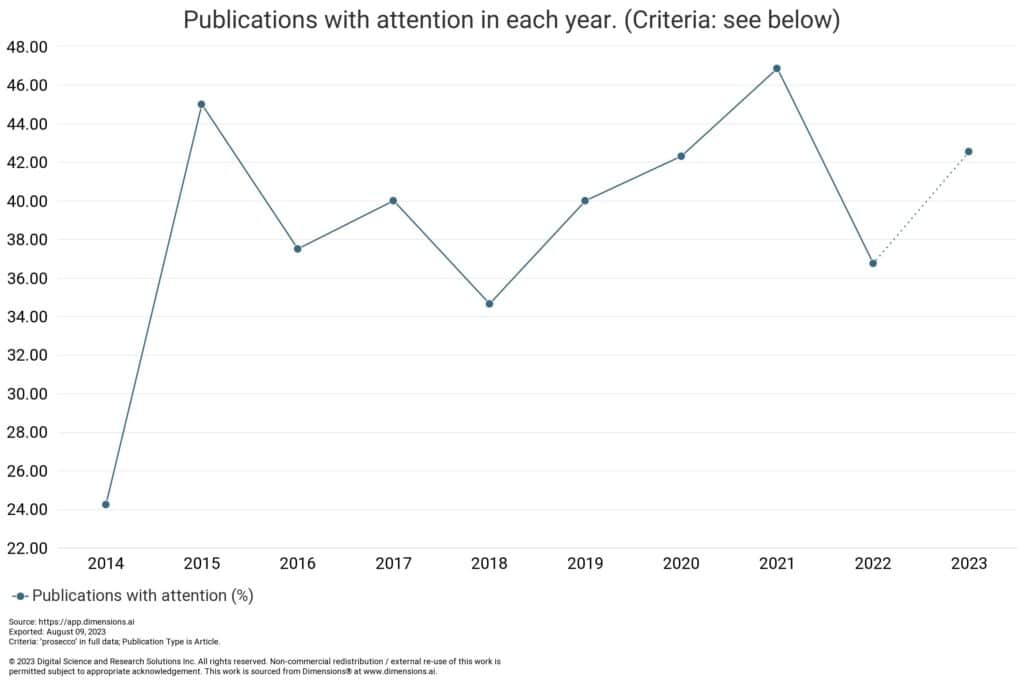

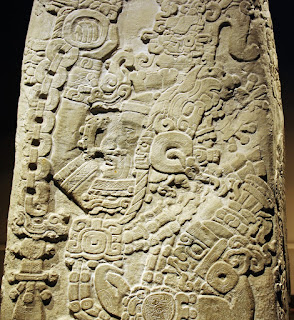








.png)
.png)


